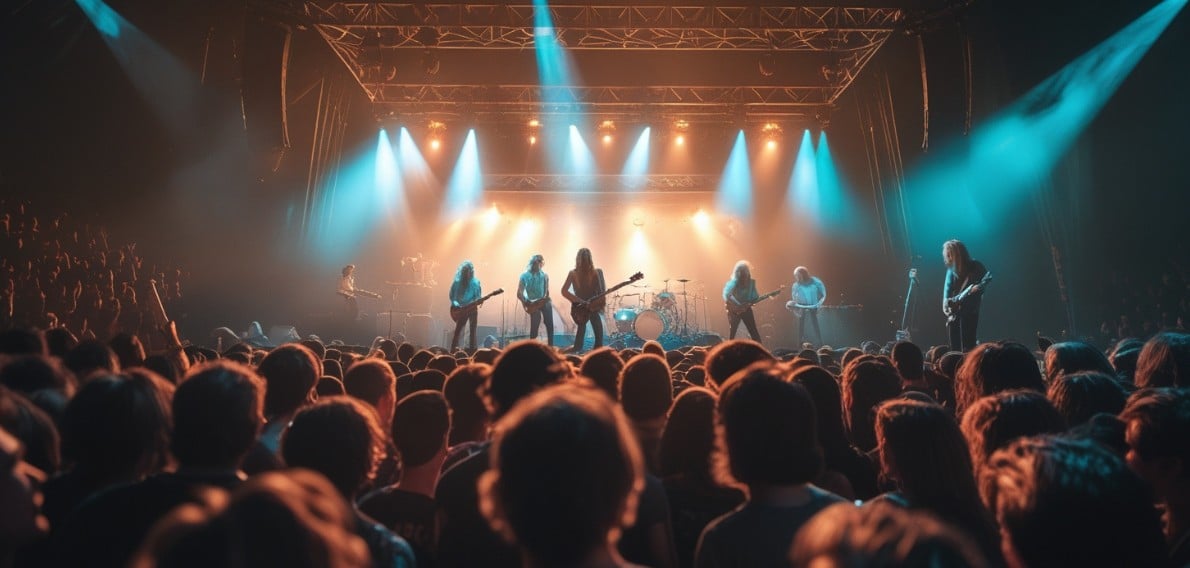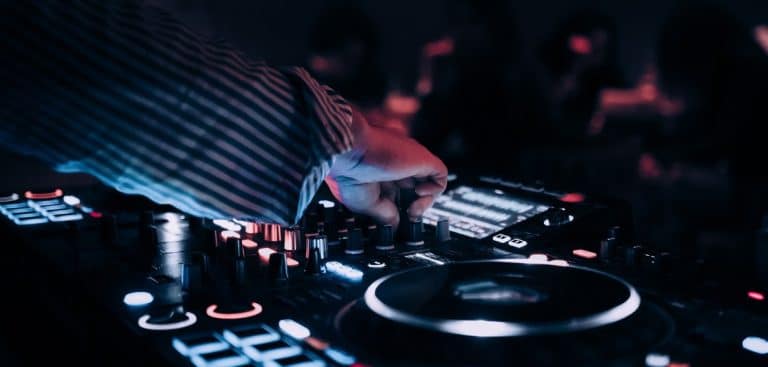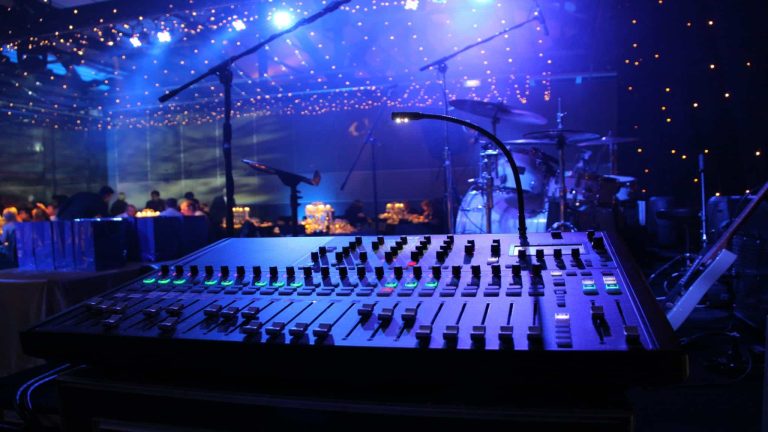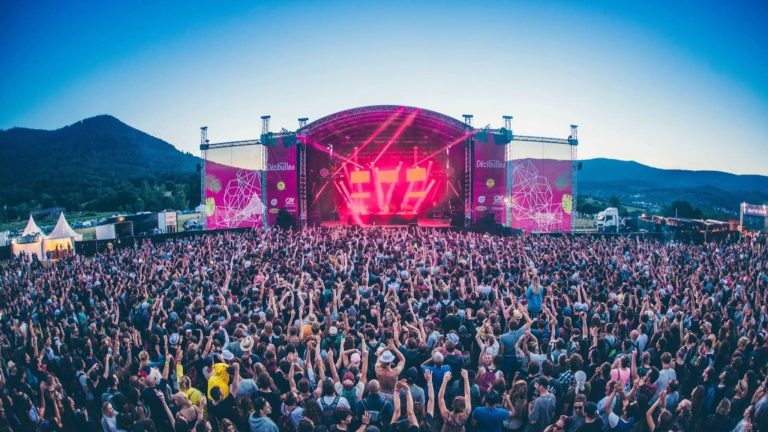Picture this: It’s 2025, and the live music industry is undergoing a remarkable transformation.
The traditional concert experience has evolved far beyond basic stages and speakers, as innovative technology and changing audience expectations reshape how we experience live music events. Today’s concert-goers and festival attendees are seeking immersive experiences, and event organizers are leveraging cutting-edge solutions to deliver unforgettable moments.
Live Music Event Trends in 2025: The Rise of Virtual Concert Technology
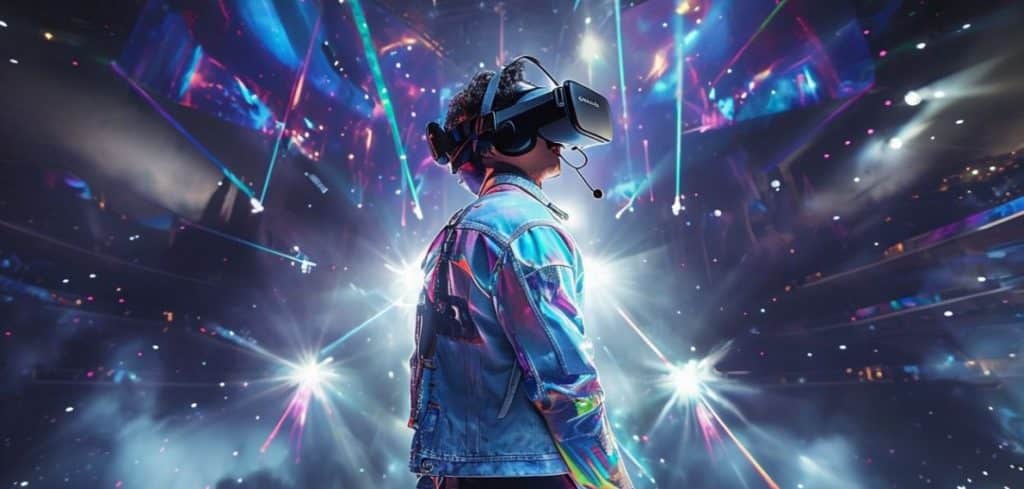
The evolution of virtual concerts has fundamentally changed how audiences engage with live music. Streaming platforms, along with virtual reality (VR) and augmented reality (AR) technologies, are now integral to concert production, creating immersive environments that draw fans into the experience.
With VR, attendees can enjoy full 360-degree views of performances from the comfort of their homes, while AR enhances live shows with interactive visual elements that respond to the music. This blend of technology not only broadens accessibility but also enriches the emotional connection between artists and fans.
Remember when virtual reality was just for gamers? Not anymore. VR and AR have become game-changers in the concert world. Here’s what’s making waves:
- Virtual concerts have evolved beyond simple livestreams into fully immersive experiences where fans can walk around the venue, interact with other attendees, and feel the energy of the crowd – all from their living rooms. This technology isn’t just expanding audience reach; it’s creating entirely new ways to experience live music.
- Augmented reality at physical concerts is transforming stages into dynamic art pieces, with interactive visuals that respond to the music and crowd energy. Imagine watching your favorite artist perform while surrounded by mind-bending 3D visuals that everyone can see through their AR glasses.
Also Read: Facing The Future Of Event Technology Through Immersive Experiences
The Music Industry’s Shift to Virtual Concerts
The music industry is undergoing a significant transformation with the rise of virtual concerts. This shift is driven by advances in technology, changing consumer behavior, and the need for new revenue streams. Virtual concerts offer a unique opportunity for artists to connect with their fans remotely, providing an immersive experience that combines music, visuals, and interactive elements.
Key Aspects of Virtual Concerts
Virtual concerts are a new frontier in the music industry, offering a range of benefits for artists, promoters, and fans. Some key aspects of virtual concerts include:
- Immersive Experience: Virtual concerts provide an immersive experience that combines music, visuals, and interactive elements, creating a unique and engaging experience for fans.
- Global Reach: Virtual concerts can reach a global audience, allowing artists to connect with fans from all over the world.
- New Revenue Streams: Virtual concerts offer new revenue streams for artists and promoters, including ticket sales, merchandise, and sponsorships.
- Increased Accessibility: Virtual concerts can increase accessibility for fans who may not be able to attend live concerts due to location or mobility issues.
Music Production for Virtual Concerts
Music production for virtual concerts requires a different approach than traditional live concerts. Some key considerations include:
- Sound Quality: High-quality sound is essential for virtual concerts, requiring careful attention to audio production and mixing.
- Visuals: Virtual concerts require high-quality visuals, including video production, lighting, and special effects.
- Interactive Elements: Virtual concerts can include interactive elements, such as live chat, polls, and Q&A sessions, to enhance the fan experience.
Electronic Dance Music in Virtual Concerts
Electronic dance music (EDM) is particularly well-suited to virtual concerts, with its emphasis on rhythm, beat, and energy. Some key considerations for EDM virtual concerts include:
- Beatmatching: Beatmatching is critical for EDM virtual concerts, requiring careful attention to tempo and rhythm.
- Visual Effects: EDM virtual concerts can include elaborate visual effects, such as lighting, lasers, and pyrotechnics.
- Interactive Elements: EDM virtual concerts can include interactive elements, such as live remixing and crowd-sourced music selection.
Sustainable Music Festivals Leading the Green Movement in the Music Industry
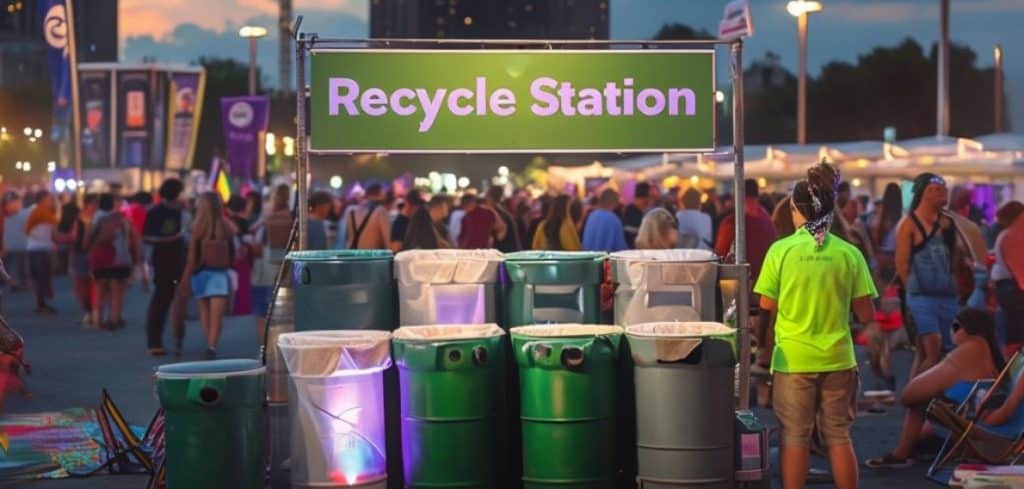
Environmental sustainability has become a core focus for music festival organizers in 2025. Modern festival production incorporates comprehensive eco-friendly initiatives.
In 2025, environmental sustainability has become a central theme for music festival organizers. With growing awareness of climate change, festivals are implementing comprehensive eco-friendly initiatives that resonate with attendees. Renewable energy solutions like solar-powered stages and wind turbines are now standard at major events, significantly reducing their carbon footprints. Music lovers eagerly anticipate these eco-friendly music festivals, excited for a vibrant cultural experience that blends live performances with community and art.
Additionally, festivals are adopting advanced waste management practices and collaborating with environmental organizations to promote sustainability. This commitment not only attracts environmentally conscious fans but also sets a positive example for other industries.
- Renewable energy solutions power major music festivals, with solar-powered stages and wind turbines becoming standard features at large-scale events.
- Green festival initiatives now include advanced waste management systems, eco-friendly merchandise, and partnerships with environmental organizations to minimize the carbon footprint of live music events.
Personalized and Data-Driven Fan Experiences in Live Performances
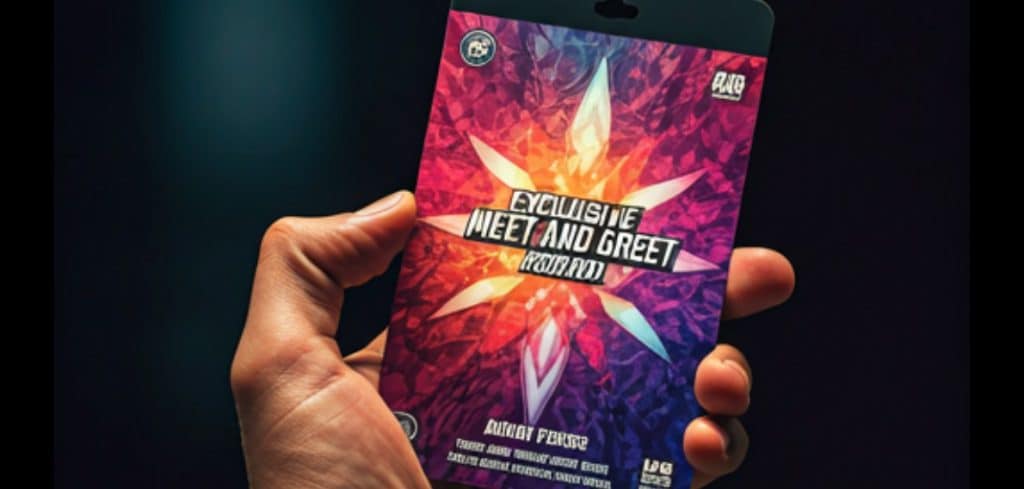
Advancements in data analytics, AI, and streaming services are giving event organizers unprecedented insight into fan preferences, behaviors, and purchasing habits through personalized recommendations. By leveraging this data, organizers can deliver hyper-personalized experiences that resonate with individual attendees.
Also Read: The Do’s and Don’ts Of A Smooth Artist Meet-And-Greet
How to Personalize the Experience:
- Customized Event Itineraries: Using attendee data to create personalized schedules for each guest.
- Smart Ticketing and Access: In 2025, tickets will become more than just a pass to an event. Through the use of smart ticketing systems, fans can enjoy personalized entry points, quicker access, and custom notifications on their mobile devices about set times, artist meetups, or special offers.
- AI-Powered Fan Engagement: AI chatbots and virtual assistants will be used to provide real-time customer service, answer fan questions, and offer personalized recommendations based on their behavior or past event history.
- Loyalty Programs and Rewards: Reward returning festival-goers or high-ticket buyers with exclusive access to VIP areas, merchandise discounts, or early access to ticket sales for future events. Personalized offers based on customer data will help build a loyal fan base.
Technology also empowers independent musicians to create personalized experiences for fans, allowing them to use innovative tools for music production and marketing.
By tapping into data to deliver customized experiences, event organizers can boost attendee satisfaction and engagement, making fans feel more connected to the event and its performers.
4. Integration of Health and Safety Technologies
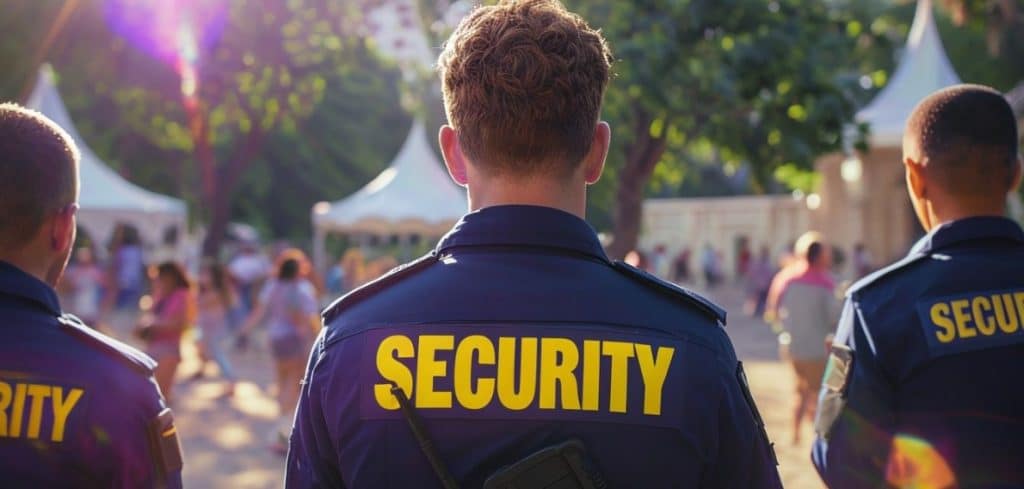
The post-pandemic world has taught us a lot about keeping crowds safe, and the innovations are impressive.
Post-pandemic innovations continue to influence health and safety protocols at live music events in 2025. Concert venues are now equipped with state-of-the-art air purification systems that ensure clean air circulation throughout the space. Contactless technologies have also become commonplace, allowing attendees to enter venues without physical interaction.
Additionally, real-time monitoring systems help maintain optimal crowd density, ensuring comfort while prioritizing safety. These measures not only reassure attendees but also set a new standard for how live events are managed in a post-pandemic world.
- AI-powered crowd management systems can predict and prevent overcrowding before it happens, using real-time data to redirect foot traffic and adjust entry points.
- Advanced air quality monitoring and purification systems work continuously to maintain a healthy environment, while contactless technologies have eliminated many traditional touch points.
Experiential Marketing and Brand Partnerships for Festival Organizers
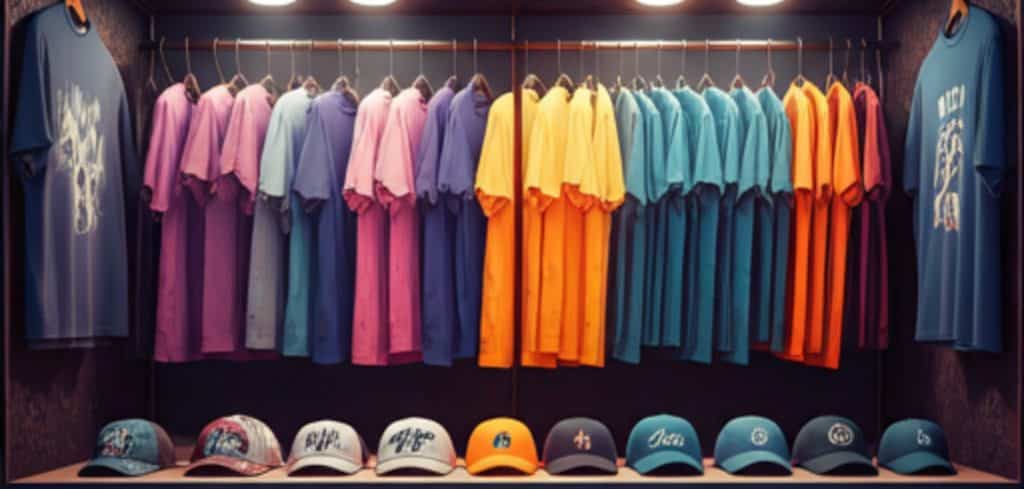
Brands are becoming an integral part of the experience, but not in the traditional sponsorship sense.
The future of live music events features increasingly sophisticated brand collaborations influenced by music industry trends that enhance the overall attendee experience. Interactive brand experiences create value-added moments for concert-goers, such as wellness zones or technology showcases that engage fans in unique ways.
These partnerships allow brands to connect with audiences on a deeper level while providing memorable experiences that extend beyond traditional advertising methods. Digital brand activations leverage AR and social media integration to enhance engagement, fostering meaningful connections between brands, artists, and fans.
- Interactive brand experiences now add real value to events, from wellness zones offering free massages to eco-friendly clothing swaps and interactive art installations.
- Technology-driven brand activations create shareable moments that extend beyond the event itself, using AR and social media integration to amplify reach.
Also Read: How To Expand Your Music Event Across The World
As we progress through 2025, the live music industry is finding a balance between technological innovation and authentic human connections. Successful concert organizers recognize that while virtual concert technology enhances the overall experience, the fundamental appeal of live music lies in personal connections and shared moments among fans. Innovative performance methods in music creation are also shaping brand partnerships, offering new ways to engage audiences.
The future centers on creating meaningful experiences while prioritizing sustainability and accessibility for all attendees. As this dynamic landscape evolves, it demonstrates that innovation can coexist harmoniously with tradition to create extraordinary live music experiences.
The Evolution of Live Performances
The evolution of live performances is closely tied to the rise of virtual concerts. As technology continues to advance, we can expect to see new and innovative forms of live performance emerge. Some key trends to watch include:
- Augmented Reality: Augmented reality (AR) is expected to play a major role in the evolution of live performances, allowing artists to create immersive and interactive experiences for fans.
- Virtual Reality: Virtual reality (VR) is also expected to play a major role in the evolution of live performances, allowing artists to create fully immersive experiences for fans.
- Live Streaming: Live streaming is becoming increasingly popular, allowing artists to connect with fans in real-time and providing new revenue streams for promoters and artists.
Overall, the music industry’s shift to virtual concerts is a significant trend that is expected to continue in the coming years. As technology continues to advance, we can expect to see new and innovative forms of live performance emerge, offering new opportunities for artists, promoters, and fans alike.
You May Also Like:
Don’t Throw Your Music Event Without Checking This Ultimate Music Event Checklist
2024 Music Festival Trends: Shifting Attendance Patterns Revealed
Festival Ticketing Strategies: 10 Proven Ways to Maximize Sales & Revenue
